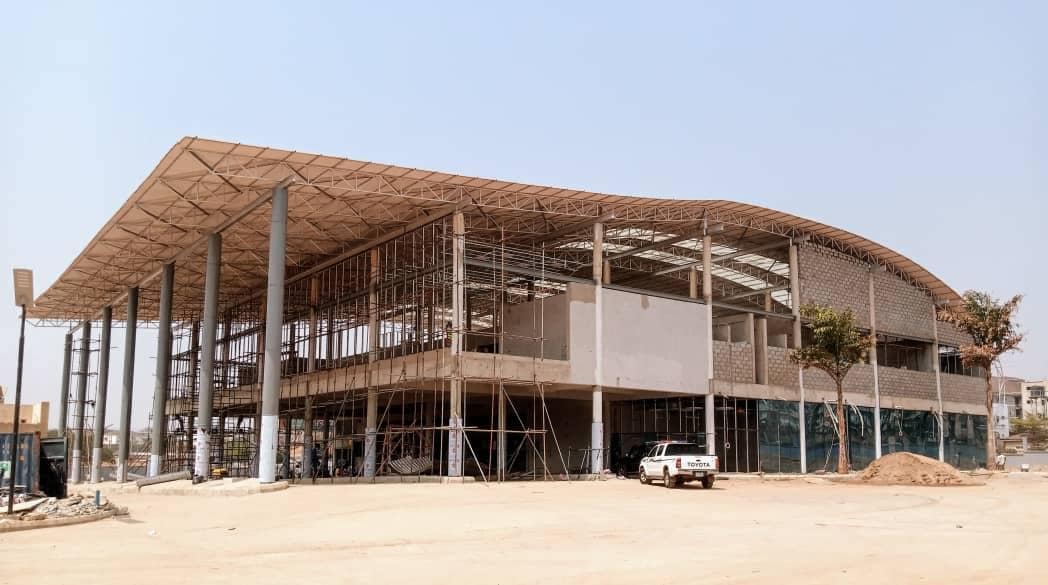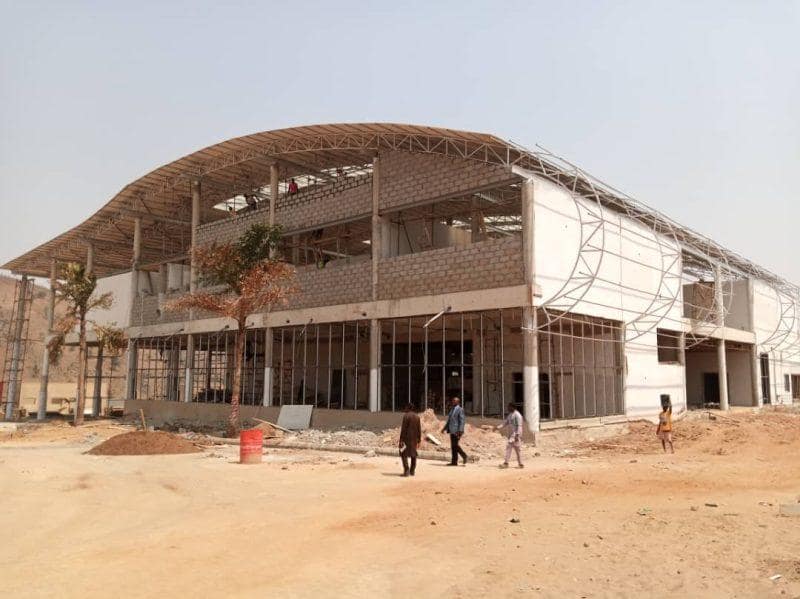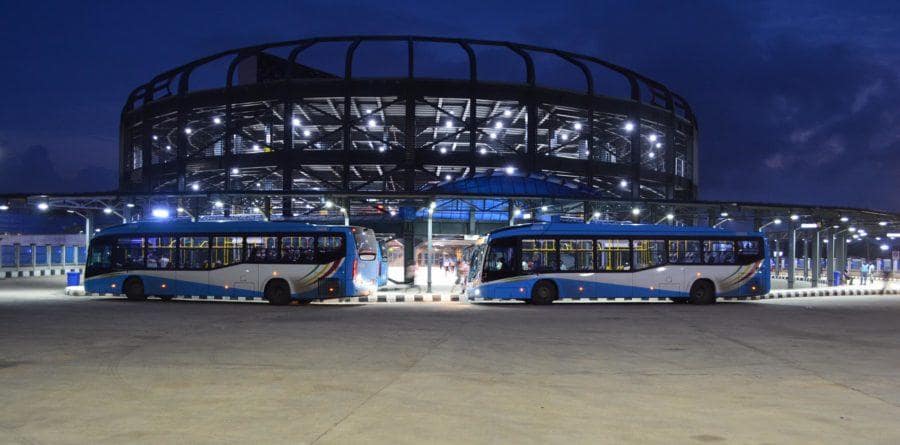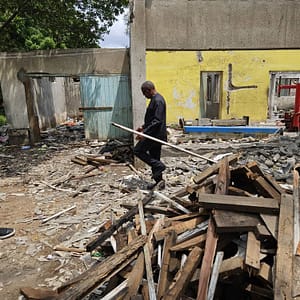Until now, the great heart of Nigeria, Abuja, beat with a rhythm that often paused at dusk. Its lifeblood, the flow of its people, sought pathways that were often sporadic and fragmented. But today, under the guiding hand of President Bola Ahmed Tinubu, a powerful new pulse has been ignited. The city is no longer destined to slumber fully. The commissioning of Abuja’s first dedicated Bus Terminal isn’t just about concrete and steel; it’s the unveiling of a perpetual engine, a central hub designed to hum with activity, connecting lives and journeys, 24 hours a day.
Table of Contents
- Abuja Never Sleeps Tinubu Ignites the 24 Hour Hub
- The Gears of Constant Motion Inside the Operational Blueprint
- Beyond the Rush Hour Shaping Urban Convenience
- Keeping the Lights On Strategies for Seamless Service
- Wrapping Up

Abuja Never Sleeps Tinubu Ignites the 24 Hour Hub
The hum of Abuja is set to change key. With the ribbon cut on the city’s inaugural central bus hub, a new rhythm begins, one that won’t pause with the setting sun. Envision streets that previously quieted down now pulsing with activity around the clock, anchored by this vital artery. This isn’t just a terminal; it’s a promise of perpetual motion, an invitation for the city’s heartbeat to quicken, day and night. It signals a forward leap, positioning the capital not just as an administrative centre but as a truly dynamic metropolis where possibilities unfold irrespective of the hour.
This 24/7 operation isn’t merely about convenience; it’s a catalyst for economic acceleration and improved quality of life. From late-night workers finally having reliable commutes to businesses exploring extended operating hours, the ripple effects are significant. Imagine seamless travel for early morning flights or accessing essential services beyond traditional constraints. This infrastructure gem unlocks potential across various sectors:
- Boosted Night Economy: Enabling late-night entertainment and retail.
- Improved Worker Mobility: Supporting unconventional work schedules.
- Enhanced Security: Increased activity around the hub potentially deters crime.
- Greater Accessibility: Making the city more navigable for all residents.
| Route Example | Operational Hours |
|---|---|
| Central Area <> Airport | 24/7 |
| Nyanya <> City Gate | 24/7 |
| Karu <> Wuse | 24/7 |
This step marks a pivotal moment, ushering in an era where Abuja truly embraces its potential as a tirelessly beating heart of the nation.

The Gears of Constant Motion Inside the Operational Blueprint
Beneath the polished facade of the terminal pulses a complex network of synchronized systems, the genuine engine room ensuring ceaseless activity. It’s not merely about buses flowing in and out; it’s the intricate coordination of schedules, staffing, and dynamic resource allocation that keeps this operational powerhouse humming around the clock. Think of it as a grandfather clock, where every gear, however small, is vital for accurate timekeeping. In this instance, the ‘time’ is the efficient movement of people and vehicles, a ballet rehearsed and performed across three distinct shifts, each with its own critical baton-pass to the next. This constant vigilance is the bedrock of the 24/7 promise.
Maintaining this perpetual state of readiness requires more than just manpower; it demands smart design and integrated technology. Predictive maintenance, real-time traffic monitoring, and sophisticated ticketing systems are the digital threads woven into the fabric of physical operations. These elements work in concert, anticipating needs, resolving bottlenecks before they escalate, and providing the essential ‘lubricant’ for smooth functioning. Consider these foundational elements:
- Dynamic Scheduling: Adapting to unexpected delays or surges.
- Integrated Security Protocols: Ensuring safety at all hours.
- Continuous Facility Management: Keeping infrastructure optimally maintained even during peak times.
- Redundant Systems: Ensuring vital operations don’t falter if one component glitches.
It is the sum of these diligently managed parts, each rotating in its designated pattern, that truly defines the terminal’s capacity for perpetual motion. Here’s a glimpse at the core components driving this ongoing process:
| Operational Gear | Primary Function |
|---|---|
| Control Tower | Real-time coordination & dispatch |
| Maintenance Crews | On-going infrastructure upkeep |
| Security Teams | Continuous surveillance & response |
| Passenger Services | Information & flow management |

Beyond the Rush Hour Shaping Urban Convenience
The cityscape is subtly shifting, promising a new rhythm that extends far past the familiar morning and evening commutes. With the formal launch of Abuja’s pioneering central bus terminus, the conversation moves decisively beyond navigating traffic bottlenecks and into the realm of round-the-clock connectivity. This isn’t just about adding another transport hub; it’s about installing a beating heart that pumps life and accessibility through the city at all hours. Imagine the possibilities when mobility isn’t dictated by the calendar’s peak hours but is readily available whenever needed. Crucially, this infrastructure lays the groundwork for a city that truly functions, operates, and thrives around the clock, unlocking opportunities for residents and businesses alike.
This development signals a significant step in redefining urban convenience. It empowers those who work late, families needing emergency transport, or simply anyone wanting to explore the city outside conventional hours. The ripple effect touches various sectors, potentially boosting the night-time economy and fostering a more vibrant, dynamic urban environment. It’s about more than just getting from point A to point B; it’s about facilitating a lifestyle where convenience is a constant, not a rush-hour luxury. Consider the immediate benefits:
- Enhanced Accessibility: Travel is now possible at any time.
- Increased Safety:** Reliable, formal transport options available throughout the night.
- Economic Boost: Supports late-night businesses and shift workers.
- Reduced Peak Congestion: Spreading travel throughout the day & night.
This terminal isn’t just a building; it’s a catalyst for a city that never truly sleeps.
| Feature | Impact Beyond Rush Hour |
|---|---|
| 24/7 Operation | Unlocks late-night mobility & services |
| Central Hub Status | Connects dispersed areas efficiently, anytime |
| Formal Structure | Provides reliable & safer transport options |

Keeping the Lights On Strategies for Seamless Service
Beyond the gleaming structure and inaugural ribbon cut, the true bedrock of constant connectivity lies in the meticulous planning for perpetual motion. Ensuring this vital hub hums with life around the clock requires more than just flicking a switch. It demands a robust pipeline of power – reliable, redundant, and resilient – to banish the specter of downtime. It calls for a dedicated choreography of maintenance schedules, conducted often in the quiet hours, to keep every gate, every vehicle, every system operating at peak efficiency. This relentless dedication to operational continuity is the invisible engine driving the 24-hour promise, transforming potential chaos into predictable rhythm for thousands of daily commuters.
Maintaining this perpetual state of readiness is a multi-faceted ballet of
Wrapping Up
As the sun sets over Abuja and rises again on a new day, the city’s heartbeat pulses steadily through its first 24-hour bus terminal-now a living symbol of progress and connectivity. President Tinubu’s commissioning of this groundbreaking hub is more than a ceremony; it’s the dawn of seamless journeys, where the city’s rhythm never skips a beat. With wheels turning round the clock, Abuja steps boldly into a future where mobility knows no bounds, promising convenience, economic vitality, and endless possibilities for every traveler. The road ahead just got a little brighter.












